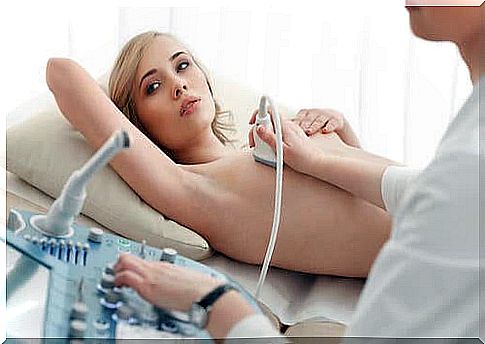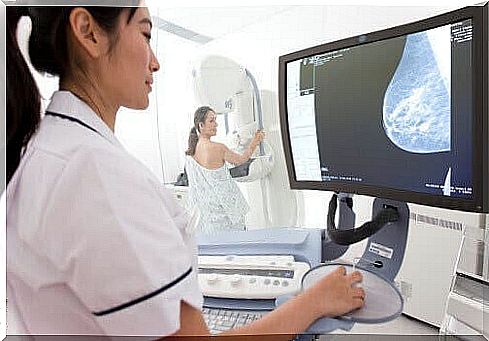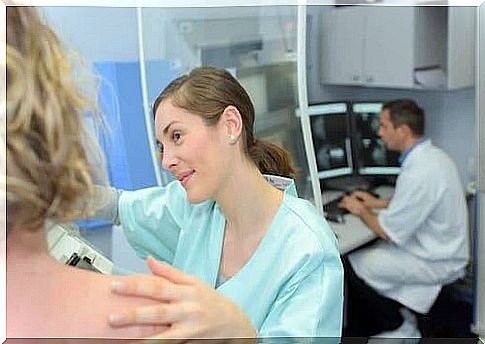Screening For Breast Cancer

Breast cancer is one of the most common pathologies of the 21st century. Timely diagnosis helps save lives. Find out which screening tests are most important.
Why screening tests for breast cancer are so important? First of all, remember that by 2018, the World Cancer Observatory (GLOBOCAN) had registered a total of over 2 million new cases of breast cancer worldwide.
In the same year, GLOBOCAN registered over 600,000 deaths from breast cancer. These figures put breast cancer in the second place for new cancer cases and the sixth largest number of deaths.
A variety of screening tests play a fundamental role in diagnosing the disease. In particular, they are designed to detect neoplastic changes at an early stage with the lowest possible risk to health.
Screening for breast cancer
Information published by the National Cancer Institute indicates that breast cancer screening is performed in women with a family history of medical conditions or other significant risk factors. The most common types of research are listed below.
Mammography
Mammography is a type of diagnostic imaging that uses X-rays to detect cancer-induced changes in the breast tissue. Women undergo this test as an early tool for detecting changes that are typically typical of malignant cancers.
It is recommended that women have their first mammogram between the ages of 30 and 35, and then repeat the examination every year after the age of 45. Performing a mammography test is not the most pleasant one.

However, a mammogram only takes a few minutes and the discomfort disappears soon. This is a small price to pay compared to the benefit of having a disease such as cancer detected early.
Sonomammography
Sonomammography is a type of diagnostic image that uses sound waves to visualize changes in breast tissue. This is very useful for observing palpable masses that cannot be seen on a mammogram.
This diagnostic image is widely used as a biopsy guide for the physician. The latter is to extract cells from the tissue and see if there are cancer cells in them. The sonomammogram is completely painless and only takes a few minutes to complete.
Breast biopsy
The term breast biopsy covers a group of procedures designed to remove tissue from a diseased breast. The removed tissue is then subjected to other tests to find cancer.
When we talk about breast biopsy we are talking about needle biopsies or surgical ones. During the first one, the doctor uses a hollow needle to remove pieces of tissue from the area if cancer is suspected. In the case of surgery, the doctor removes a fragment or all of the suspicious tissue from the affected breast.

Magnetic resonance imaging
MRI uses powerful magnets and radio waves to create highly detailed images of breast tissue. It takes pictures from multiple angles and creates shapes of the soft tissue parts of the body that are sometimes difficult to see when other imaging tests are used.
It is considered a complementary test to mammography and sonomamography. It is reserved for a more detailed examination of the tissue when necessary. This is due to its high cost and increased risk of false positive suspicions of the disease. MRI is completely painless and does not emit radiation to the body.
Breast cancer screening – what should you remember?
There are several tests available for the early and rapid detection of breast cancer. Currently, the most used is mammography, which uses X-rays to detect changes in the breast tissue. It is recommended that mammography be performed every year after the age of 45.









